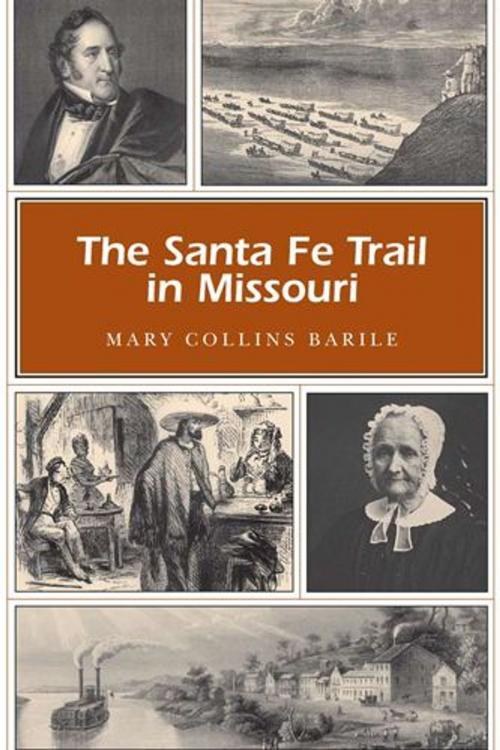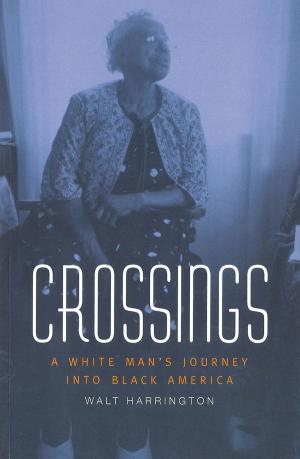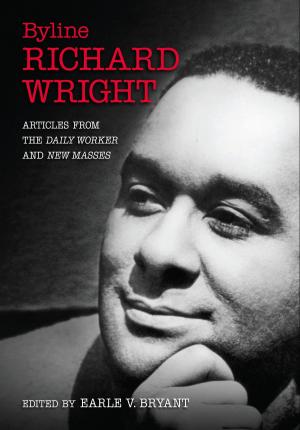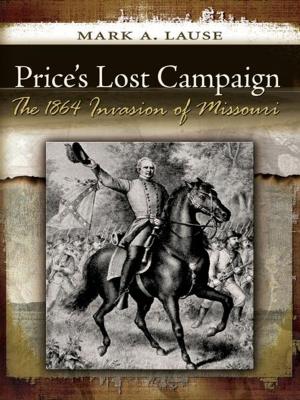| Author: | Mary Collins Barile | ISBN: | 9780826272133 |
| Publisher: | University of Missouri Press | Publication: | April 12, 2010 |
| Imprint: | University of Missouri | Language: | English |
| Author: | Mary Collins Barile |
| ISBN: | 9780826272133 |
| Publisher: | University of Missouri Press |
| Publication: | April 12, 2010 |
| Imprint: | University of Missouri |
| Language: | English |
For nineteenth-century travelers, the Santa Fe Trail was an indispensable route stretching from Missouri to New Mexico and beyond, and the section called “The Missouri Trail”—from St. Louis to Westport—offered migrating Americans their first sense of the West with its promise of adventure. The truth was, any easterner who wanted to reach Santa Fe had to first travel the width of Missouri.
This book offers an easy-to-read introduction to Missouri’s chunk of Santa Fe Trail, providing an account of the trail’s historical and cultural significance. Mary Collins Barile tells how the route evolved, stitched together from Indian paths, trappers’ traces, and wagon roads, and how the experience of traveling the Santa Fe Trail varied even within Missouri.
The book highlights the origin and development of the trail, telling how nearly a dozen Missouri towns claimed the trail: originally Franklin, from which the first wagon trains set out in 1821, then others as the trailhead moved west. It also offers a brief description of what travelers could expect to find in frontier Missouri, where cooks could choose from a variety of meats, including hogs fed on forest acorns and game such as deer, squirrels, bear, and possum, and reminds readers of the risks of western travel. Injury or illness could be fatal; getting a doctor might take hours or even days.
Here, too, are portraits of early Franklin, which was surprisingly well supplied with manufactured “boughten” goods, and Boonslick, then the near edge of the Far West. Entertainment took the form of music, practical jokes, and fighting, the last of which was said to be as common as the ague and a great deal more fun—at least from the fighters’ point of view. Readers will also encounter some of the major people associated with the trail, such as William Becknell, Mike Fink, and Hanna Cole, with quotes that bring the era to life. A glossary provides useful information about contemporary trail vocabulary, and illustrations relating to the period enliven the text.
The book is easy and informative reading for general readers interested in westward expansion. It incorporates history and folklore in a way that makes these resources accessible to all Missourians and anyone visiting historic sites along the trail.
For nineteenth-century travelers, the Santa Fe Trail was an indispensable route stretching from Missouri to New Mexico and beyond, and the section called “The Missouri Trail”—from St. Louis to Westport—offered migrating Americans their first sense of the West with its promise of adventure. The truth was, any easterner who wanted to reach Santa Fe had to first travel the width of Missouri.
This book offers an easy-to-read introduction to Missouri’s chunk of Santa Fe Trail, providing an account of the trail’s historical and cultural significance. Mary Collins Barile tells how the route evolved, stitched together from Indian paths, trappers’ traces, and wagon roads, and how the experience of traveling the Santa Fe Trail varied even within Missouri.
The book highlights the origin and development of the trail, telling how nearly a dozen Missouri towns claimed the trail: originally Franklin, from which the first wagon trains set out in 1821, then others as the trailhead moved west. It also offers a brief description of what travelers could expect to find in frontier Missouri, where cooks could choose from a variety of meats, including hogs fed on forest acorns and game such as deer, squirrels, bear, and possum, and reminds readers of the risks of western travel. Injury or illness could be fatal; getting a doctor might take hours or even days.
Here, too, are portraits of early Franklin, which was surprisingly well supplied with manufactured “boughten” goods, and Boonslick, then the near edge of the Far West. Entertainment took the form of music, practical jokes, and fighting, the last of which was said to be as common as the ague and a great deal more fun—at least from the fighters’ point of view. Readers will also encounter some of the major people associated with the trail, such as William Becknell, Mike Fink, and Hanna Cole, with quotes that bring the era to life. A glossary provides useful information about contemporary trail vocabulary, and illustrations relating to the period enliven the text.
The book is easy and informative reading for general readers interested in westward expansion. It incorporates history and folklore in a way that makes these resources accessible to all Missourians and anyone visiting historic sites along the trail.















